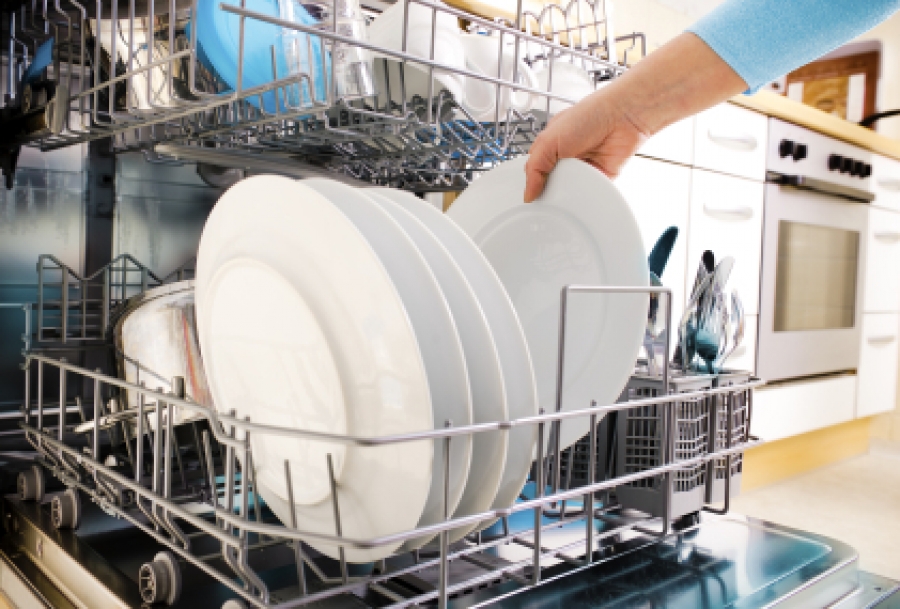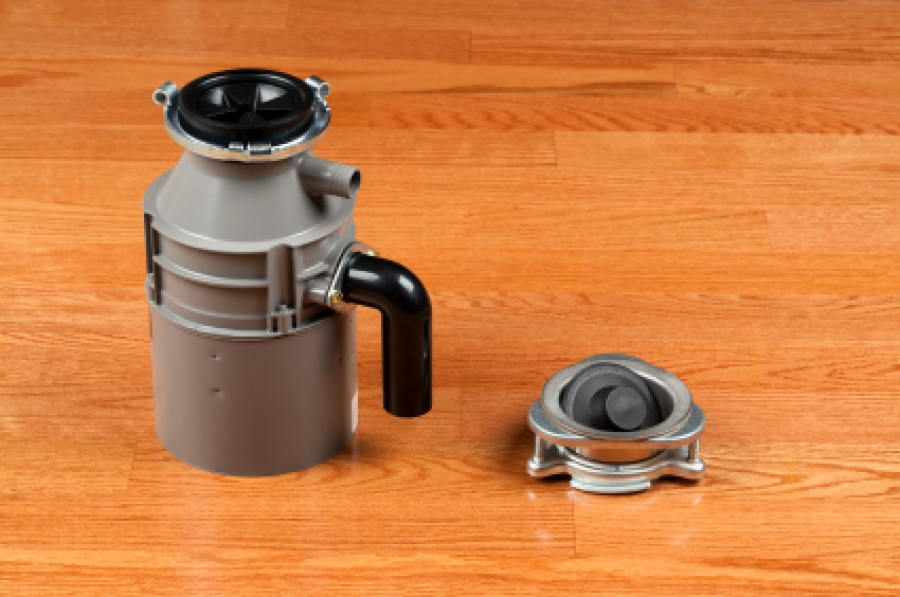Maintenance Tips: Refrigerators
Video
By performing a few simple maintenance tasks, you can keep your refrigerator functioning efficiently throughout its expected lifespan – and maybe even longer.
According to the U.S. Department of Housing and Urban Development’s (HUD) 2009 American Housing Survey (AHS), most homes today have some type of refrigerator. These are available in a variety of sizes, styles, and types, big enough for a family of six or small enough for a single person. Whatever type you may have, one thing is certain: your must maintain your refrigerator. According to the Study of Life Expectancy of Home Components, prepared in 2007 by the National Association of Home Builders (NAHB), the average life expectancy of a standard refrigerator is 13 years. Keep it clean, perform simple maintenance tasks, and you’ll help your refrigerator to operate longer than expected.
Maintain or Replace?
Unlike most home appliances, refrigerators operate 24 hours a day, seven days a week, every week of the year. Newer appliances are more efficient than older appliances. Before you spend time maintaining your existing refrigerator, determine if it’s time for a new one by answering the following questions.
-
Does it have a top, bottom, side-by-side, or built-In freezer?
-
In approximately what year was it manufactured?
-
What is the capacity of the refrigerator?
-
What is the model number of the refrigerator?
With your answers in hand, visit Energy Star’s Refrigerator Retirement Savings Calculator to calculate your potential savings with a new refrigerator. You will gain an understanding of how much your current refrigerator costs to operate on a yearly basis and how much a new Energy Star refrigerator could save you every year. Should your results show a substantial savings (one that can pay you back in the short term), recycle the old refrigerator and wheel in the new one!
Clean Storage
Refrigerators should never be completely full. Lack of space inside a refrigerator doesn’t allow cold air to circulate and keep food chilled. Ideally, the amount of food within our refrigerators would take up about 75% of the total space, allowing for the most efficient operation possible. If necessary, throw out expired foods to free space or, conversely, fill empty milk jugs with water to take up more room.
NSF International, an independent, not-for-profit organization, has defined safe food storage guidelines for consumers. According to NSF International, bacteria growth occurs between 40°F and 140°F. It is important that we keep foods out of this temperature range; NSF advises the following to ensure that foods are stored at appropriate temperatures and are safe for consumption.
-
Set the refrigerator temperature at 40°F to discourage the growth of food-borne bacteria. Use a refrigerator or freezer thermometer to check the temperature of your refrigerator.
-
Frozen food should be stored at 0°F. Frozen foods should be thawed carefully to avoid spoilage or contamination.
Aside from cleaning up spills as they happen, regular cleaning of the refrigerator is also necessary to ensure that foods are stored properly. Once a month, clean the interior compartment. Unplug the refrigerator; remove food, interior plastics, and glass shelving. Wash the interior surfaces and parts with a mixture of warm water and soap, baking soda, or white vinegar. Rinse, wipe dry, replace, and plug back in. The freezer compartment should be defrosted and cleaned in a similar manner. This is typically necessary when ice buildup occurs. It is a good idea to place an open box of baking soda in the refrigerator to absorb odor every three months, to ensure that your food smells right.
Regular Maintenance
Before performing any maintenance on an appliance like the refrigerator, it is good practice to unplug or shut off the power supply to the appliance. The power supply to a refrigerator should be turned off at the electrical panel.
A great deal of dust, dirt, hair, and lint can collect behind and beneath a refrigerator. The debris collected on the condensing coils and condenser fan requires them to work harder and makes them less efficient. Condensing coils on newer refrigerators are located behind the front grille, beneath the refrigerator. Older refrigerators have condensing coils located along the back side. Keep the condensing coils and the condenser fan clean of debris by using a brush and vacuuming them with a crevice tool every few months.
Caring for your refrigerator isn’t really too time-consuming. After cleaning the coils and fan, spend additional time inspecting the seal or gasket located on the doors of the refrigerator. If it is brittle, cracked, or gapping, it should be replaced. If it appears to provide a good seal and is pliable, wipe it clean with a rag or sponge dipped in soap and warm water. If you detect any evidence of mildew along the surface, scrub the surface with bleach and warm water using a toothbrush.
Using a carpenter's level, check to be sure that the refrigerator is level, side to side and front to back. If necessary, adjust the supporting feet, by hand or with a wrench, until the unit sits level. If your refrigerator has an icemaker or water dispenser, be sure to change the water filter as necessary. How often you replace it depends on the manufacturer, your local water quality, and the amount of ice or water used. Replace the light bulb as necessary and wipe clean the exterior surface using a rag or sponge with soap and warm water.
Spending an hour or two every few months and performing these rather simple maintenance tasks will ensure that your refrigerator lasts longer than expected. It will also keep money in your pocket by preventing spoiled food and unnecessary service calls.

Jeff Calcamuggio
Jeff is an Editor-at-Large for Buildipedia.com who writes and edits Featured At Home and Knowledgebase content. Prior to joining Buildipedia, Jeff's work experience included carpentry, construction documentation, specification writing, construction administration, project management, and real estate property inspection. Jeff is a member of the Construction Specifications Institute (CSI) and an educator at Columbus State Community College and enjoys challenging DIY home improvement projects.




